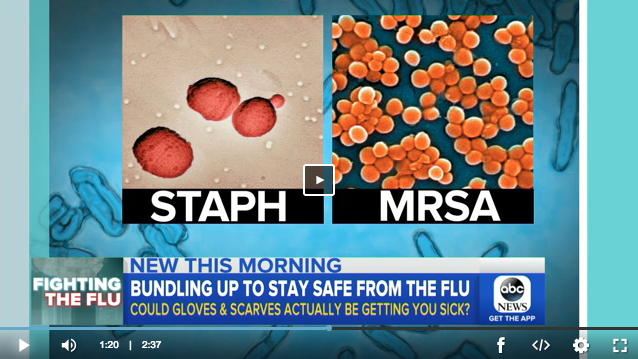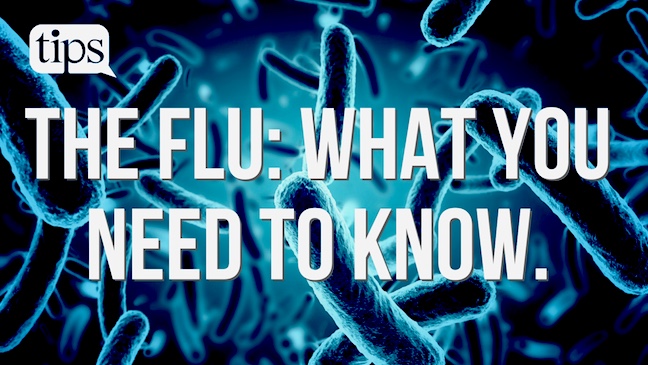Does Tamiflu Work?
Revised for 2020
Read: Everything You Need to Know About the Flu

Also read: Everything You Need to Know About the Flu
You or someone in your family was just diagnosed with the flu. Now what? Just like the flu shot, there is a lot of controversy about Tamiflu, and with it, lots of misinformation.
Tamiflu (oseltamivir phosphate) is an anti-viral medication, which has its limitations. It is one of several antivirals your doctor can prescribe if you get the flu, but it is the most well known and easy to take. If taken early, these antivirals have been shown to reduce the severity and duration of the symptoms. They can also be taken as prophylaxis if someone close to you has been diagnosed with the flu. It is not a substitute for the flu vaccine.
Should you take Tamiflu?
If you have been diagnosed with the flu, and your symptoms started within the last 48 hours, you can get maximum benefit from taking the drug. If you have had symptoms for longer than that, you can still get some benefit, albeit not as much. You will take it twice a day for five days.
Are there side effects?
The most common side effect is nausea and vomiting, and taking the medication with food improves tolerability. These symptoms usually occur in the first 1-2 days. Rarely, people will experience a rash.
Tamiflu is recommended for kids as young as 3 months old, and the side effect profile is different in younger people. In children and teens, Tamiflu has been reported in the literature and anecdotally to cause confusion, strange behavior and even seizure in rare cases. I’ve heard from several people their kids act like they are drunk on Tamiflu, though it is hard to say if it is all from the drug because the early days of the flu can produce similar symptoms in kids.
If someone in your family, or another close contact, is diagnosed, you may be offered Tamiflu. For prophylaxis, you take Tamiflu once a day for 10 days. It has been shown to reduce your chance of getting the flu after exposure. A doctor will likely encourage prophylaxis in high risk patients, the very young, the very old and anyone who is immunocompromised because of chemotherapy or a chronic disease. These groups are at increased risk for complications of the flu, which often come in the form of secondary bacterial infections. Tamiflu will not treat these kinds of infection.
Bottom line: I would take it if I had the flu or if someone in my home does. I would also prescribe it for my children. As with any drug, there are side effects, but for me, the benefit outweighs the risk. I also wouldn’t waste too much time worrying it was Covid before seeking a diagnosis. Remember, the sooner you take it, the more effective it will be.
Also read…
Are Your Gloves Making You Sick?

Everything You Need to Know About the Flu

A Homemade Honey & Onion Remedy for Coughs and Colds

Our Staff’s Favorite Vacation Getaways

20+ of Our Staff’s Favorite Soup Recipes





















